An Overview Of Yoga With Health Benefits
An Overview Of Yoga With Health Benefits
Yoga is a spiritual discipline focusing on bringing mind and body into harmony. It is based on a very subtle science. It is both an art and science of living a healthy lifestyle.
According to current scientists, everything in the universe is only a manifestation of the same quantum firmament.
One who experiences this oneness of being is said to be practicing yoga and is referred to as a yogi, having achieved a condition of liberation referred to as enlightenment.
As a result, the goal of Yoga is to achieve Self-realization, which leads to a state of liberation (Moksha) or ‘freedom' (Kaivalya).
Yoga practice should emphasize living with freedom in all aspects of life, health, and harmony. “Yoga” also refers to an inner science that includes several techniques for realizing this union and gaining control over one's fate.
Yoga, commonly regarded as an ‘immortal cultural result' of the Indus Saraswati Valley civilization, dates back to 2700 B.C. and has proven beneficial to humanity's material and spiritual well-being. Yoga Sadhana's very identity is based on fundamental humanitarian values.
A Brief History Of Yoga And Its Evolution
Yoga is thought to have originated at the dawn of civilization. Yoga is a science that dates back thousands of years, long before any religions or belief systems emerged. In yogic mythology, Shiva is revered as the first yogi (Adiyogi) and the first Guru (Adi Guru).
Adiyogi infused his vast knowledge into the fabled Saptarishis or “seven sages” on the banks of the Himalayan lake Kantisarovar thousands of years ago.
The sages spread this great yogic science over Asia, the Middle East, Northern Africa, and South America.
Modern researchers have marvelled at the striking connections between ancient societies worldwide.
On the other hand, the yogic system reached its pinnacle in India. Agastya, the Saptarishi who toured across the Indian subcontinent, created this civilization around a fundamental yogic way of living.
‘Yoga' comes from the Sanskrit root ‘Yuj,' which means ‘to join, yoke, or unify.' Yoga, according to Yogic texts, leads to the union of individual consciousness with that of Universal Consciousness, implying complete harmony between the mind and body and between Man and Nature.
Yoga was first documented in the pre-Vedic period (2700 B.C.) and continued until Patanjali's time.
The Vedas, Upanishads, Smritis, Buddhist teachings, Jainism, Panini, Epics, Puranas, and other sources are the key sources from which we gain information on Yoga practices and related literature throughout this period.
The Classical period, roughly spanning 500 BC to 800 A.D., is regarded as the most fertile and prominent time in the history and development of Yoga.
The Bhagavadgita, which thoroughly presents the concepts of Gyan yoga, Bhakti yoga, and Karma yoga, provides a more explicit explanation.
These three types of yoga are still the pinnacle of human wisdom, and many today achieve serenity by following the ways outlined in the Gita.
Apart from containing several parts of yoga, Patanjali's yoga sutra is most known for the eightfold path of yoga. Vyasa also penned an essential commentary on the Yoga Sutra.
The period from 1700 to 1900 A.D. is known as the Modern Period, during which famous Yogacharyas such as Ramana Maharshi, Ramakrishna Paramhansa, Paramhansa Yogananda, Vivekananda, and others contributed to the advancement of Raja Yoga.
Vedanta, Bhakti yoga, Nathayoga, and Hatha-yoga flourished throughout this time. The primary tenets of Hatha-yoga were Gorakshashatakam's Shadanga-yoga, Hathayogapradipika's Chaturanga-yoga, and Gheranda Samhita's Saptanga-yoga.
Different Yoga Forms
1. Hatha
It combines a sequence of basic motions with breathing and is the most commonly practiced style of yoga.
2. Vinyasa
A set of positions that flow into one another smoothly.
3. Power
A faster, higher-intensity workout that helps you gain muscle.
4. Ashtanga
A set of positions paired with a unique breathing method.
5. Bikram
It's a series of 26 challenging poses performed in a room heated to a high temperature, and it's also known as “hot yoga.”
6. Iyengar
This kind of yoga uses props such as blocks, straps, and chairs to help bring your body into optimal alignment.
The intensity of your yoga session is determined by the type of yoga you select. Hatha and Iyengar's yoga techniques are gentle and gradual. Bikram and power yoga are both faster and more complex than regular yoga.
7. Core
Yoga positions exist that address almost every core muscle. Do you want to get rid of those love handles?
Then, execute a side plank while propped up on one arm. You can do a boat posture, in which you balance on your “sit bones” (bony prominences at the base of your pelvic bones) and hold your legs up in the air to work out the middle of your abs.
Arms
You don't increase arm strength using free weights or machines in yoga; instead, you use the weight of your own body.
Some poses, such as the plank, evenly distribute your weight between your arms and legs. Others, such as the crane and crow postures, more significantly strain your arms by requiring them to hold your entire body weight.
Legs
Yoga exercises strengthen the quadriceps, hips, and thighs on both sides of the legs.
Back
Deep knee bends are used in yoga squats, bridges, and warrior poses, giving you a more contoured back.
Downward-facing dog, child's pose, and cat/cow posture stretch your back muscles. Unsurprisingly, yoga has been shown to help with back pain studies.
Yoga Is An Exercise To Stay Healthy
People may first turn to Yoga because it provides various health benefits and is a stress-relieving method.
There are both physical and mental advantages. One can see significant changes in being tranquil, joyous, and healthy. And many people have miraculously recovered from chronic illnesses.
However, that is not the essence of what Yoga is. Yoga's primary goal is to make your life experience so vast and all-encompassing that you cease to be an individual and become a universal process. You'll notice that it produces incredible effects.
When the physical elements of Yoga were initially taught, the question of how to match this human system with cosmic geometry was raised.
All of the friction is removed if it is precisely aligned. Internal friction indicates that you are working against yourself; you are a problem in your own right.
What additional difficulty can you tackle when you're already a problem? Everything is a source of anxiety.
The issues will continue to multiply as you engage in more activities around the globe. That is why your body, mind, emotions, and energy should serve you rather than hinder your life.
Benefits Of Yoga
People of all ages can benefit from yoga's physical and mental health benefits. Yoga can also be essential to your treatment if you're sick, recuperating from surgery, or living with a chronic condition. Here, I’ve mentioned the benefits of yoga that you need to know.
1. Improves Bone Health
Weight-bearing exercise is known for strengthening bones and preventing osteoporosis. Many yoga postures require you to lift your weight.
Some, such as Adho Mukha Svanasana (Downward-Facing Dog) and Urdhva Mukha Svanasana (Upward-Facing Dog), help strengthen the arm bones especially susceptible to osteoporotic fractures.
In an unpublished study conducted at California State University, Los Angeles, yoga practice increased bone density in the vertebrae. Yoga's ability to reduce cortisol levels may aid calcium absorption in the bones.
2. Improves Blood Flow
Yoga is a great way to get your blood pumping. Yoga's relaxation exercises, in particular, can help your circulation, particularly in your hands and feet.
Yoga also increases the amount of oxygen in your cells, allowing them to function more effectively.
Twisting poses are thought to wring venous blood out of internal organs, allowing oxygenated blood to flow after the twist is released.
Inverted poses like Headstand, Adho Mukha Vrksasana (Handstand), and Shoulderstand encourage venous blood to return from the legs and pelvis to the heart, which can be pumped to the lungs and oxygenated.
If you have swelling in your legs due to heart or kidney problems, this can help. Yoga also raises hemoglobin and red blood cell levels, transporting oxygen to the tissues.
It also thins the blood by reducing the amount of clot-promoting proteins in the blood and making platelets less sticky.
Because blood clots are a common cause of heart attacks and strokes, this could result in fewer fatalities.
3. Reduces Anxiety
Anxiety disorders may be the most common mental health disorders in the United States, according to the Anxiety and Depression Association of America.
Anxiety disorders include generalized anxiety disorder, social anxiety, and specific phobias, to name a few. Anxiety disorders can sometimes be classified as chronic stress.
Several studies have suggested that yoga asana may be effective as an alternative treatment for anxiety disorders, though several researchers have requested more replicated studies before concluding.
Yoga Nidra, a body scan/guided meditation, has significantly reduced anxiety symptoms.
4. Improves Flexibility
Physical wellness necessitates a high level of flexibility. Yoga comes in various styles, from intense to moderate to light. Even low-intensity forms have been shown to improve flexibility.
Yoga appears to be especially beneficial for persons 65 and older who want to improve their flexibility.
Reduced flexibility is a natural aspect of aging, but a 2019 study revealed that yoga reduced and enhanced flexibility loss in older persons.
5. Reduces Back Pain
In patients with lower back discomfort, yoga is as effective as basic stretching at relieving pain and improving mobility. Yoga is recommended as a first-line treatment for chronic low back pain by the American College of Physicians.
6. Improves Heart Health
Regular yoga may help reduce stress and inflammation throughout the body, resulting in healthier hearts.
Yoga can help with several conditions contributing to heart disease, including excessive blood pressure and obesity.
7. Increases Energy And Brighter Moods
After getting into a yoga regimen, you may notice an increase in mental and physical energy, a boost in attentiveness and enthusiasm, and fewer negative feelings. It makes you happy.
Do you have a bad mood? Take a seat in Lotus. Better yet, do a backbend or soar into King Dancer Pose for a royal display.
While it's not quite that simple, one study found that a regular yoga practice reduced depression and significantly increased serotonin levels and decreased monoamine oxidase (a neurotransmitter-degrading enzyme) and cortisol levels.
Richard Davidson, Ph.D., of the University of Wisconsin, discovered that meditators' left prefrontal cortex showed increased activity, linked to higher happiness levels and better immune function. Dedicated, long-term practitioners showed more dramatic left-sided activation.
8. Improves Cardiovascular Function
Pranayama, also known as “yogic breathing,” is a crucial and beneficial component of yoga.
A review of 1,400 studies on the overall effects of pranayama was published in the Journal of Ayurveda and Integrative Medicine.
One important takeaway was that yogic breathing could help the body's various systems function better.
The research summarized in the review found that controlling the breathing rate benefited the cardiovascular system greatly, as evidenced by improvements in heart rate, stroke capacity, arterial pressure, and heart contractility.
According to this study, yogic breathing can improve the functioning of the brain's cardiorespiratory center.
9. Reduces Inflammation
Chronic inflammation is frequently a precursor to illness. Prolonged inflammation has been linked to heart disease, diabetes, arthritis, Crohn's disease, and many other ailments.
Yoga — of various styles, intensities, and durations — reduced biochemical markers of inflammation across several chronic conditions, according to a review of 15 research studies.
10. Improves Quality Of Life
The World Health Organization defines quality of life (QOL) as “an individual's view of their place in life with their goals, aspirations, standards, and concerns in the context of the culture and value systems in which they live.”
Relationships, creativity, learning opportunities, health, and material comforts are all variables that influence QOL.
Researchers have long considered QOL an essential predictor of people's longevity and the chance of patients improving when treated for a chronic illness or injury.
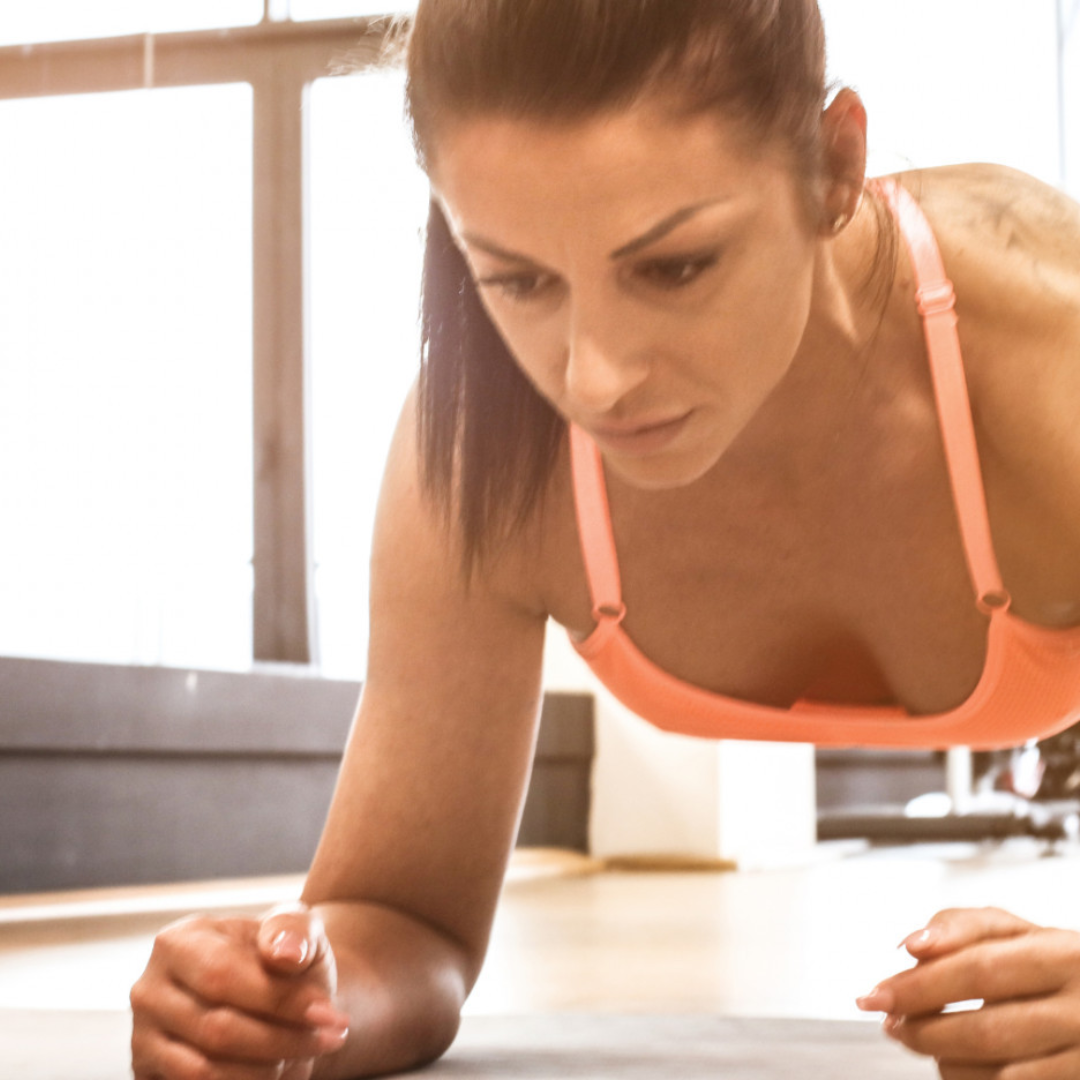
11. Strengthens Your Muscles
Well-developed Muscles do more than look good. They also help prevent falls in the elderly and protect us from arthritis and back pain.
And when you practice yoga, you balance strength with flexibility. You might gain strength at the expense of flexibility if you lift weights to the gym.

12. Boosts Immunity
You increase lymph drainage by contracting and stretching muscles, moving organs around, and entering and exiting yoga postures (a viscous fluid rich in immune cells).
This aids the lymphatic system in fighting infection, destroying cancerous cells, and eliminating toxic waste products from cellular function.
13. Improves Mental Health
Aside from the physical benefits, one of the most valuable aspects of yoga is how it aids in managing stress, which is known to have adverse effects on the body and mind.
“Stress can manifest itself in various ways,” adds Dr. Nevins, “including back or neck pain, sleeping issues, migraines, drug misuse, and an inability to concentrate.” “Yoga can help you build coping skills and a more positive attitude on life.”
Yoga, meditation and breathing can benefit a person's mental health. “Regular yoga practice promotes bodily awareness, eliminates chronic stress patterns, relaxes the mind, centers attention, and sharpens concentration,” explains Dr. Nevins.
14. Enhances Adaptability
One of yoga's first and most obvious benefits is increased flexibility. You won't be able to touch your toes, let alone do a backbend, in your first class.
If you persevere, you'll notice a gradual loosening of the muscles, and seemingly impossible poses will eventually become possible. You'll probably also notice that your aches and pains start to fade. This isn't a fluke.
Because the thigh and shinbones are not appropriately aligned, tight hips can strain the knee joint.
Tight hamstrings can cause the lumbar spine to flatten, resulting in back pain. In addition, poor posture can be caused by muscle and connective tissue inflexibility, such as fascia and ligaments.

15. Improves Posture
Like a bowling ball, your head is large, round, and heavy. It takes much less effort for your neck and back muscles to support it when it's balanced directly over an erect spine. However, if you move it forward a few inches, those muscles begin to be strained.
Unsurprisingly, you're tired after eight or twelve hours of holding that forward-leaning bowling ball.
And it's possible that fatigue isn't your only issue. Back, neck, and other muscle and joint problems can all be caused by poor posture.
Your body may compensate for your slump by flattening the natural inward curves in your neck and lower back. This can result in back pain and degenerative arthritis.
16. Safeguards Your Spine
The shock absorbers between the vertebrae that can herniate and compress nerves, known as spinal disks, crave movement.
They can't get their nutrients any other way. Your disks will stay supple with a well-balanced asana practice with plenty of backbends, forward bends, and twists. Long-term flexibility is a well-known yoga benefit but essential for spinal health.
17. Reduced Blood Sugar
Yoga improves HDL (“good”) cholesterol while lowering blood sugar and LDL (“bad”) cholesterol. Yoga has been shown to lower blood sugar in people with diabetes, including lowering cortisol and adrenaline levels, encouraging weight loss, and improving insulin sensitivity.
You can reduce your risk of diabetic complications like heart attack, kidney failure, and blindness by lowering your blood sugar levels.
Different Types Of Yoga
Whether you desire a more physically demanding session or a gentle, peaceful, meditative class, there are many different forms of yoga.
You'll notice differences based on the teacher, as each technique differs slightly from the others.
Trying a few different styles and teachers before settling on one will improve your overall yoga experience and push you to step beyond your comfort zone.
While lineages aren't as important as once, if you're searching for a traditional style, this guide will help you learn the fundamentals before enrolling in a class.
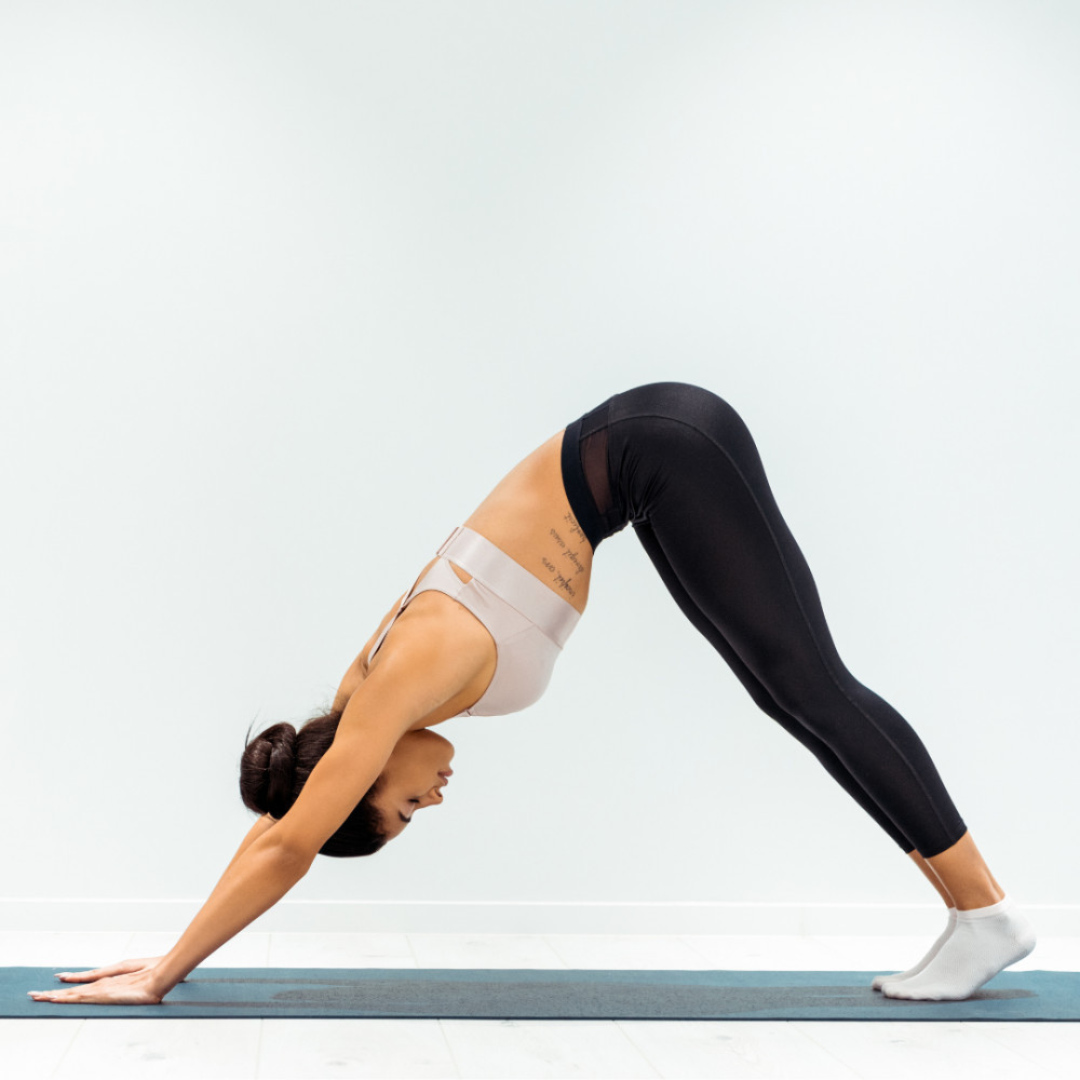
1. Hatha Yoga
Hatha is a Sanskrit term that means “power.” As a result, hatha yoga helps to restore physical balance.
This style of yoga focuses on balancing the chakras and energy centres. The chakras are energy vortexes or locations where energy is concentrated in our bodies. They connect to specific organs and glands in seven locations throughout the body.
Hatha yoga consists of various physical postures and stances that help harmonize the body and mind.
Certain essential similarities exist among diverse styles of yoga taught by various schools and teachers.
According to research, Hatha yoga helps us de-stress, keep physically strong and agile, and look younger.
Hatha yoga also cleanses and heals our bodies. In addition, consistent practice contributes to weight loss and muscle tone.
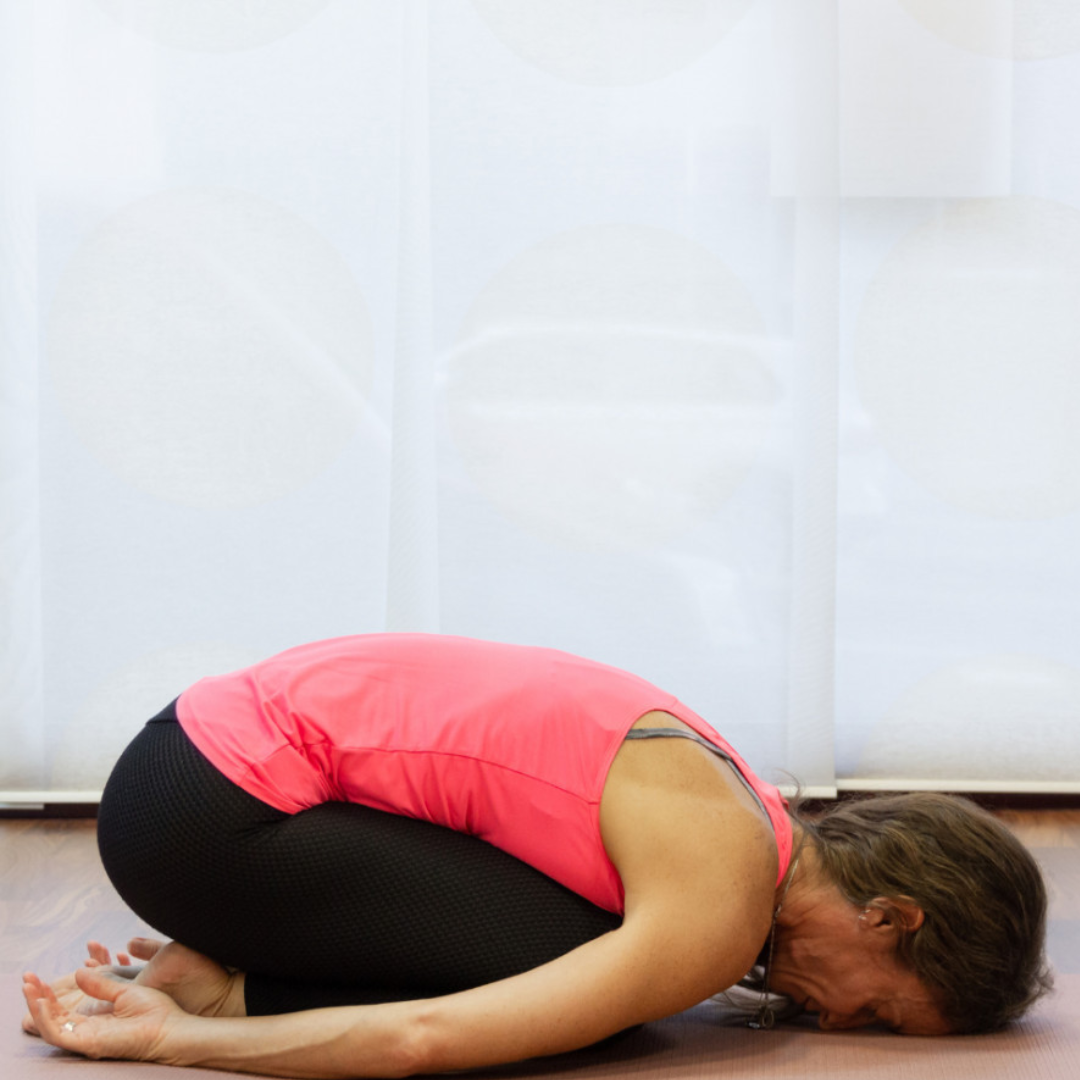
2. Yin Yoga
Yin yoga is a slow-paced style that holds seated postures for extended periods. Yin yoga is also a meditative practice that aids in discovering inner peace.
Yin is an excellent class for beginners because postures can be held for 45 seconds to 2 minutes. Positions are laid back because you're supposed to let gravity do most of the work.
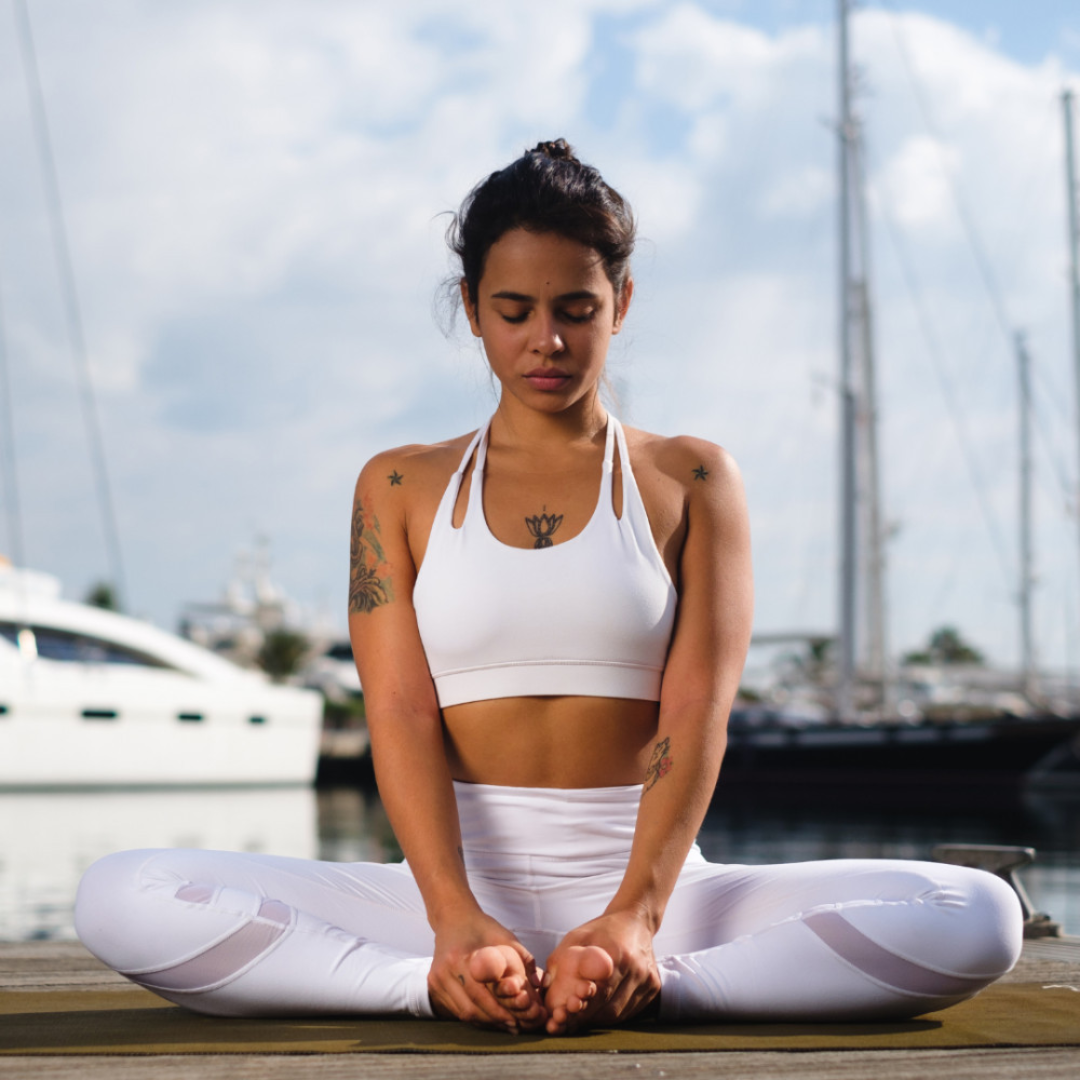
3. Ashtanga Yoga
Ashtanga yoga is a direct descendant of the Yoga Sutras of the philosopher Patanjali. The Ashtanga term is a Sanskrit version of the word eight. It is well-known as a weight-loss yoga discipline.
The eight pillars of Ashtanga yoga are principles, personal discipline, asana and postures, pranayama, withdrawal, focus, meditation, and salvation.
4. Restorative Yoga
Restorative yoga focuses on relaxing your mind and winding down after a long day. This style is primarily concerned with body relaxation.
Restorative yoga also aids in the cleansing and liberation of the mind. Throughout the class, you spend more time in fewer postures.
Many poses have been altered to make them more accessible and relaxing. Many props, such as blankets, bolsters, and eye pillows, are used and placed perfectly. All of the props are there to help you relax even more deeply.

5. Vinyasa Yoga
“Flow” yoga is another name for this style of yoga. The word “Vinyasa” is comprised of two parts: Vi, which means variety, and Nyasa, which means within defined boundaries.
Vinyasa yoga combines movement and breathing. It generates a continuous flow of postures with controlled breathing, simulating the natural flow of life.
Vinyasa yogis, for example, begin the flow with a child's position and end it with the death pose (the savasana).
Transitions into each position represent life's movement. Advanced vinyasa yoga practices include meditation, making the discipline more conscious.
6. Prenatal Yoga
Prenatal yoga is designed for “moms-to-be” and is appropriate for women in all trimesters.
Because of the pelvic floor work, focus on breathing, and bonding with the growing baby, many people believe that prenatal yoga is one of the best exercises for expectant mothers. Prenatal yoga also helps mothers prepare for labour and delivery.
7. Kundalini Yoga
Kundalini yoga, or “yoga of awareness,” consists of repeating positions. Kundalini yoga awakens the kundalini Shakti, which has been dormant for a long time.
This spiritual energy resides at the base of the spine. According to yogis, Kundalini Shakti is like a coiled serpent unaroused at the base of the spine.
As a result, active energy travels up the spine, benefiting your spiritual well-being. Kundalini yoga also reduces stress, anxiety, and depression and improves cognitive function.
A chant precedes the movements, followed by pranayama, or regulated and precise breathing. Then there's kriya, a series of postures called mudras (specific hand positioning). After that, pranayama, chanting, and meditation are done.
8. Iyengar Yoga
This yoga style is comparable to vinyasa yoga. It is named after B.K.S. Iyengar, a world-renowned yoga teacher.
Iyengar yoga is distinct from other yoga styles. It emphasizes posture, body alignment, and body openness.
Props such as yoga blocks and belts are also used to perfect positions. According to research, Iyengar yoga can successfully treat musculoskeletal ailments.
A person suffering from this illness will experience significant back and neck pain. Furthermore, it has demonstrated positive outcomes in the treatment of spinal impairments.
Strength, mobility, and stability are all acquired over time. It also aids in the treatment of gynecological and gastroenterological disorders.
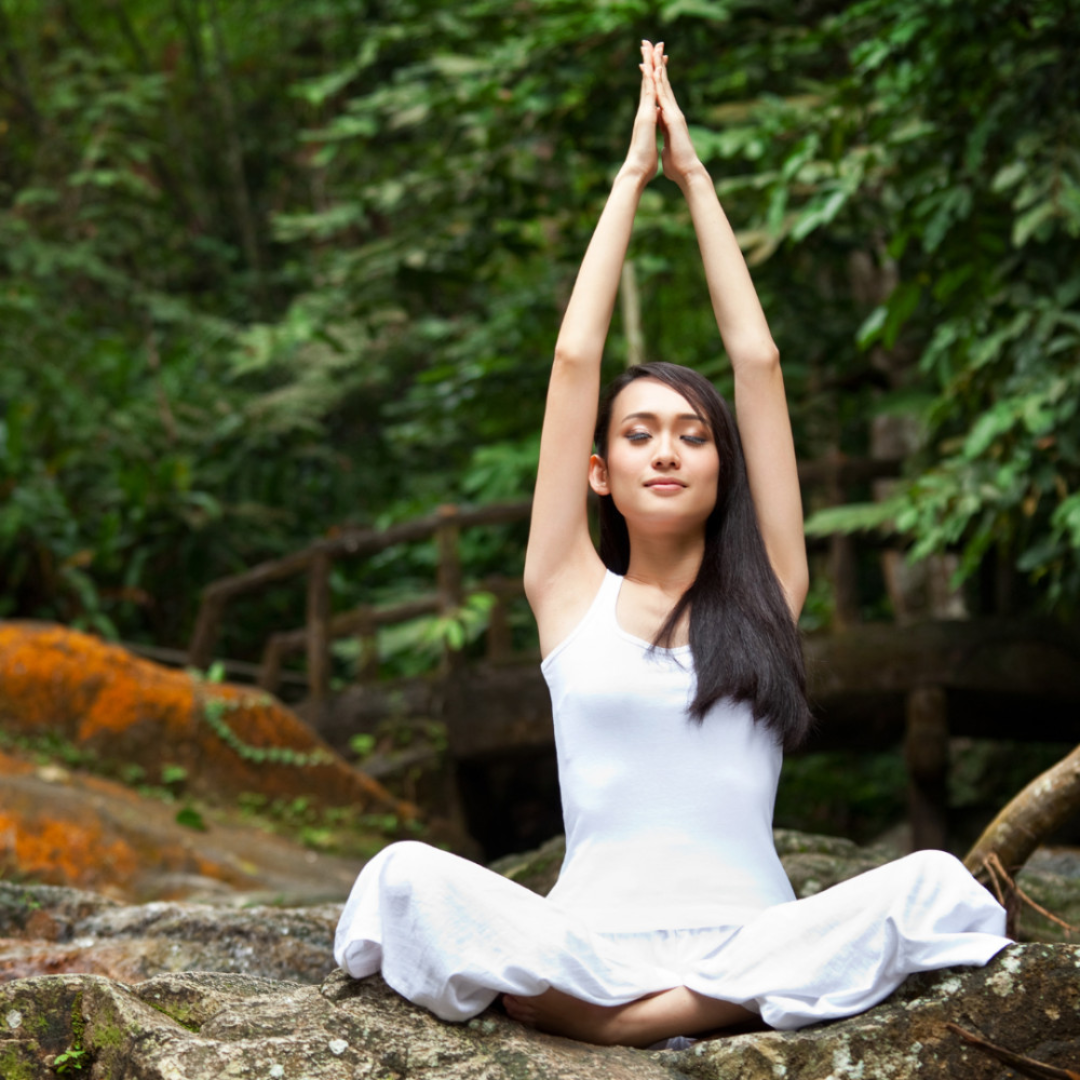
9. Anusara Yoga
Anusara is a modern-day hatha yoga similar to vinyasa in that it emphasizes alignment but with a greater emphasis on the mind-body-heart connection.
It was founded by John Friend, who devised the Universal Principals of Alignment, a one-of-a-kind system.
After allegations of sexual misconduct and financial mismanagement, he resigned in 2012. Friend now teaches the Bowspring method in collaboration with Desi and Micah Springer.
Anusara is known for emphasizing heart-opening, spirals, and how each body part should move. Expect to see the class halt and gather around a student as the instructor demonstrates a pose.
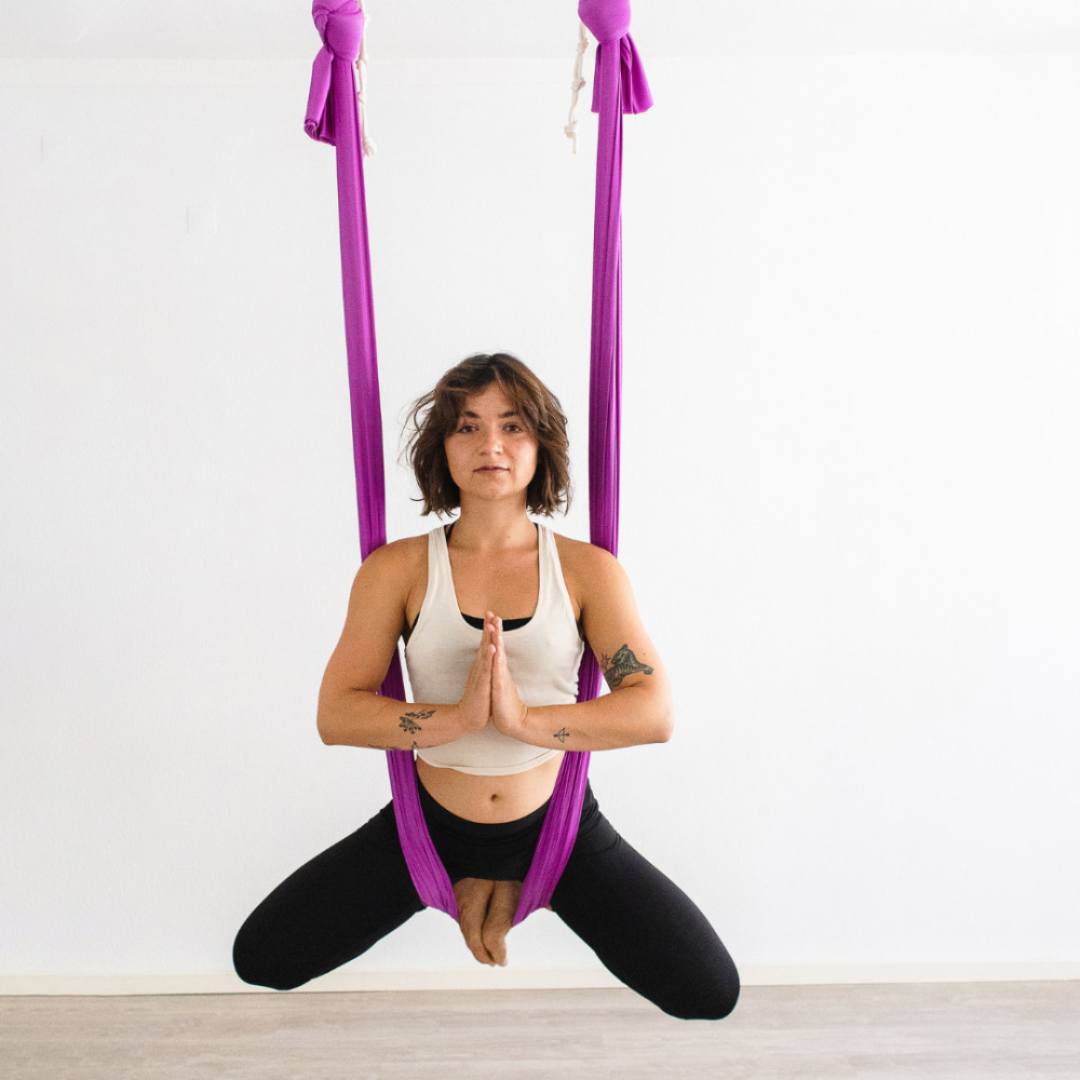
10. Aerial Yoga
It is appropriate for both advanced and inexperienced users. It aids in the development of toned and lean muscles.
Aerial yoga, unlike regular yoga, integrates additional activities while resisting gravity. It combines the benefits of yoga with aerobic workouts such as swimming or jogging.
In this type of yoga, a rope suspends our body in the air, and poses are added afterward.
11. Acro Yoga
Acro yoga adds a partner to regular yoga poses like downward dog or plank, making them twice as fun (and sometimes twice as hard).
One partner acts as the “base” on the ground, while the other acts as the “flyer,” contorting themselves on the base's feet.
(A spotter should always be present for safety reasons.) “[Acro yoga] allows people to connect with their fellow practitioners outside of the rectangular confines of their yoga mat,” says Lyle Mitchell, a YogaSlackers acro yoga teacher in Asheville, NC.
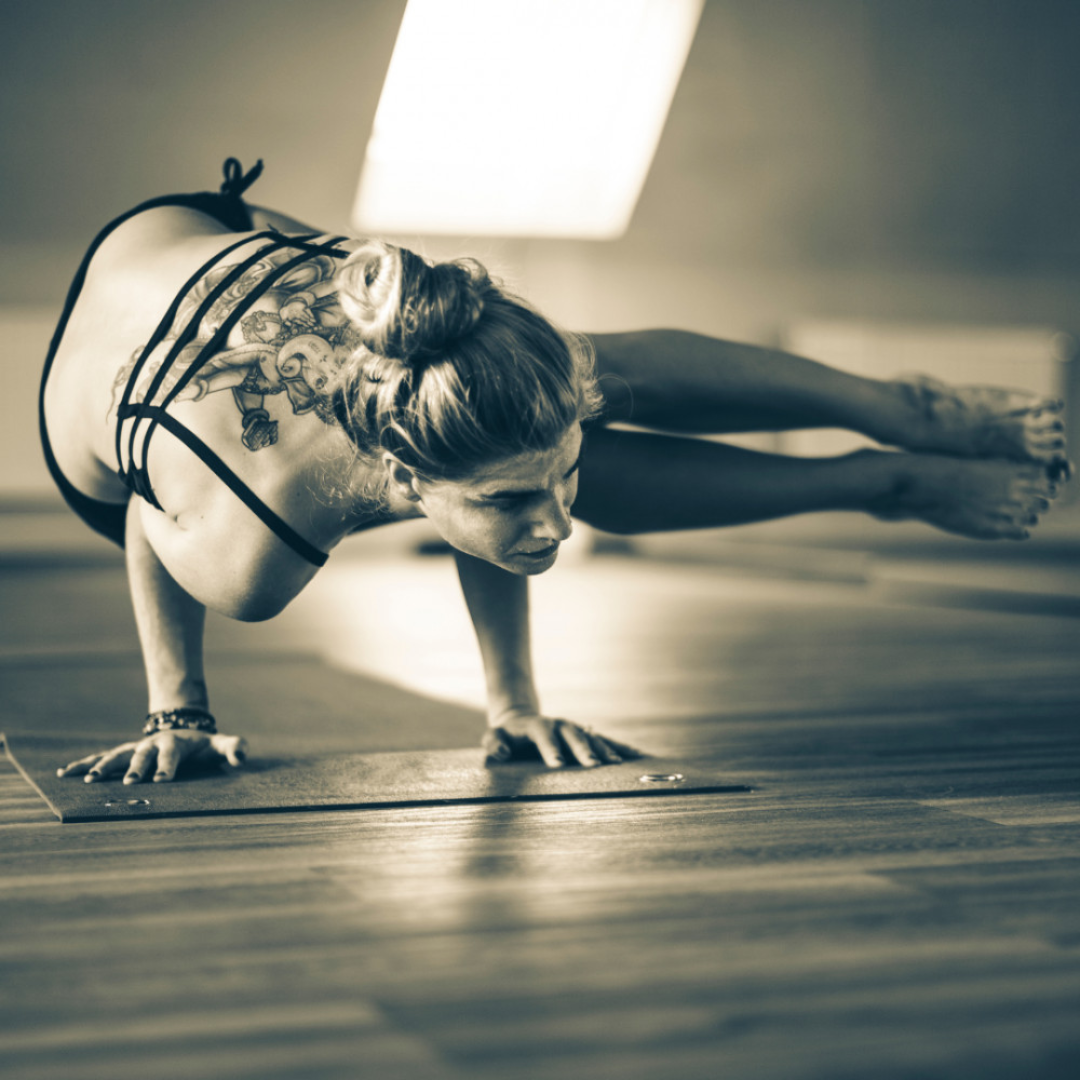
12. Bikram Yoga
The fundamental feature of this practice, created by yoga guru Bikram Choudhury, is to complete a set of poses in a room heated to 41 degrees Celsius and with 40% humidity.
Twenty-six basic postures and two breathing exercises are repeated twice in a 90-minute sequence.
The heat causes you to sweat profusely, removing toxins from your body, while the postures work every part of your body and provide oxygenated blood to your internal organs. To rehydrate, drink plenty of water.

13. Rocket Yoga
Rocket is another Westernized style that follows a similar pattern in each class with various postures.
‘Each time, the sequence is mostly the same.' Sun salutations are the first step, followed by standing and seated postures, inversions, and arm balances.
Sattin explains that variations and modifications will be available throughout, and you'll be encouraged to grow at your own pace.
‘A strong emphasis is placed on breath, bandha (energy lock), and Drishti (gaze point) as meditation tools.' Rocket yoga strengthens your muscles, improves your balance, and raises awareness.
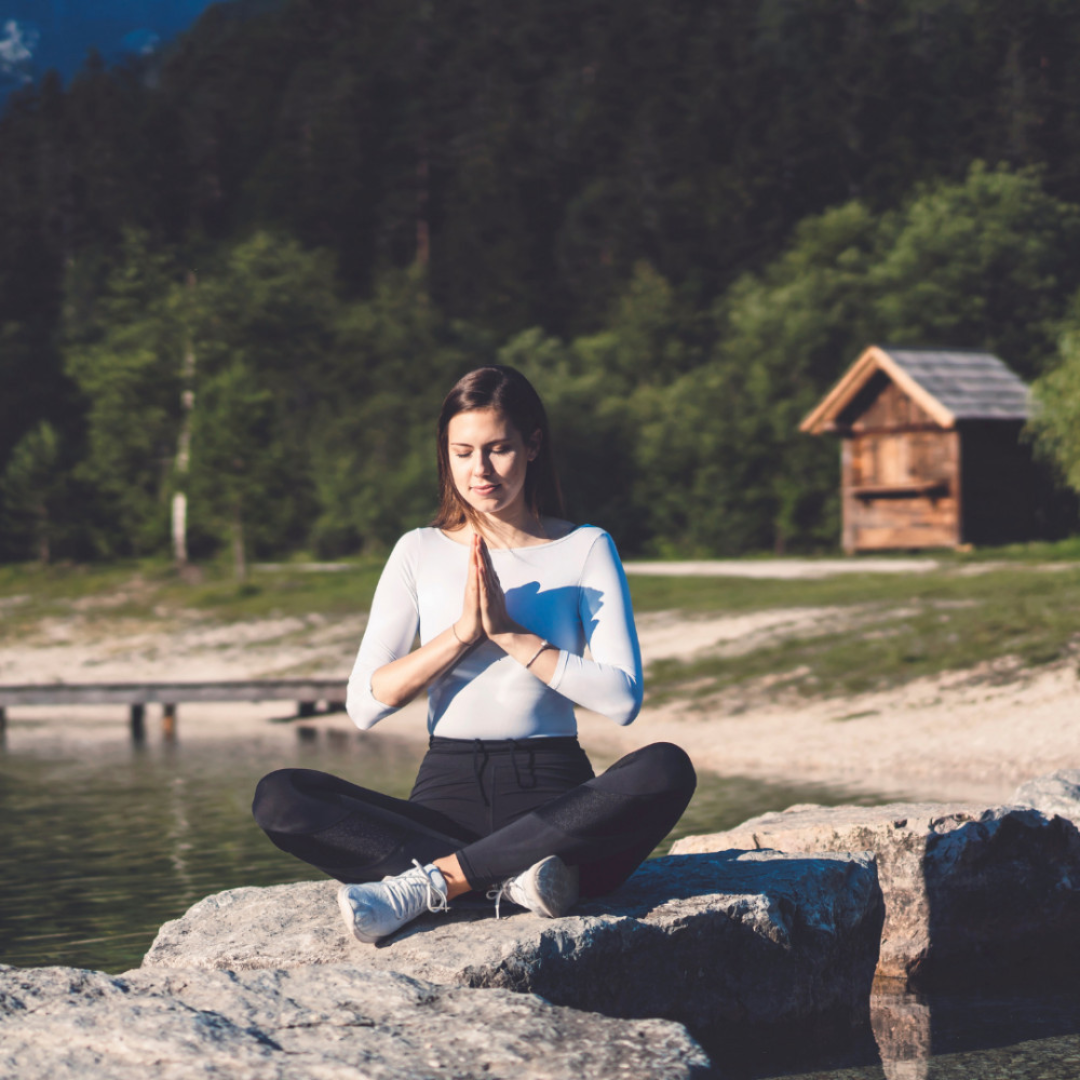
14. Jivamukti Yoga
Yoga is more than simply a workout; it is also a profoundly spiritual experience, and the Jivamukti style is the best way to learn about it all.
Jivamukti Yoga, founded by Sharon Ganon and David Life in 1984, combines Vinyasa-style postures and sequences with chanting, meditation, deep relaxation, and pranayama. Philosophy, poetry, and music are also highlighted.
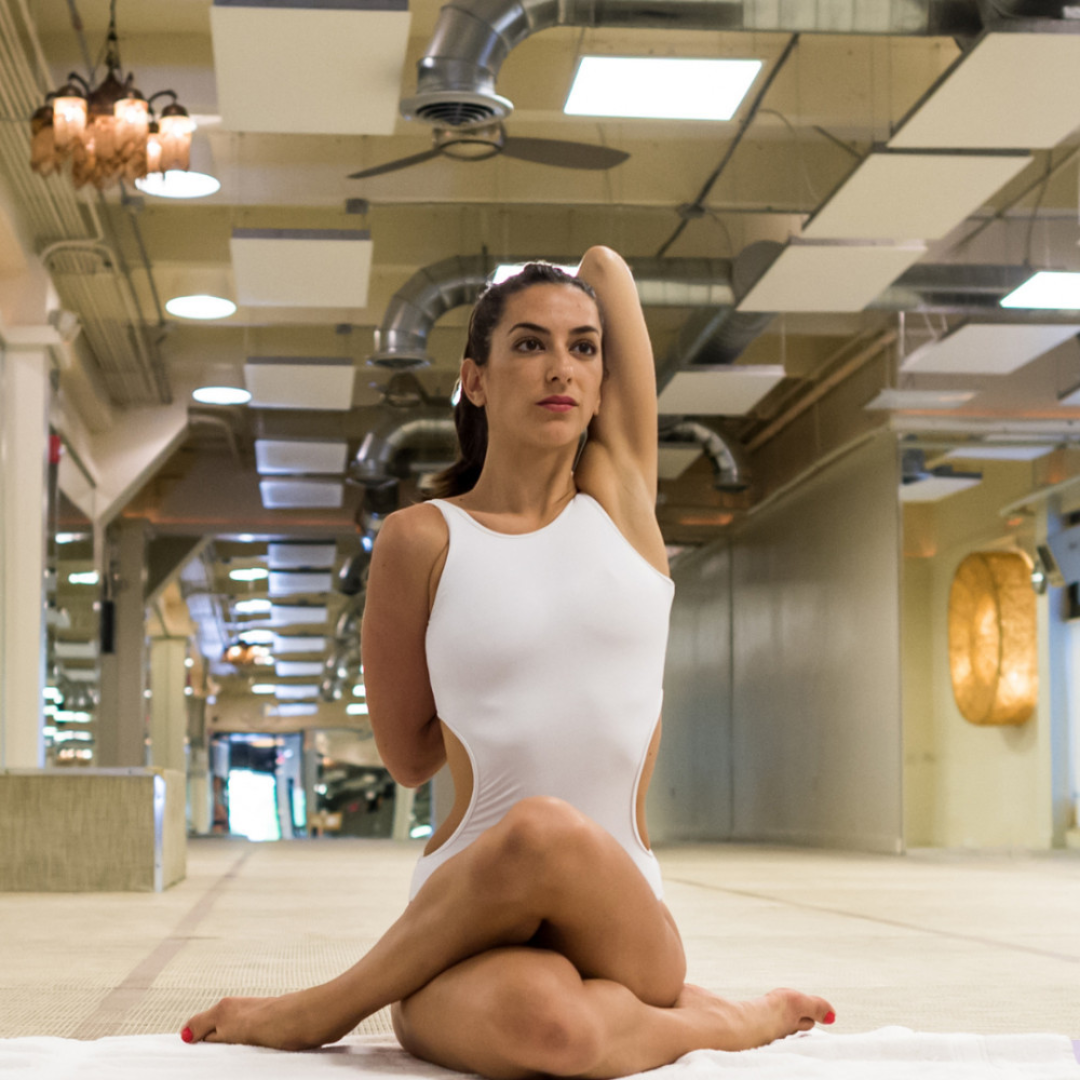
15. Hot Yoga
Sweatband instructor Ruth Stone defines hot yoga as “yoga practiced in a hot environment.”
Any style of yoga can be practiced in a hot environment, but most hot yoga classes include powerful postures, vinyasas, and sequences.
The theory goes that heat allows the body to move more freely. ‘Keep hydrated and have a towel for your feet that can slide on the mat because you'll sweat more in this type than others.'
Some benefits are preventing injuries, restoring balance and flexibility, improving breath awareness, and increasing mental endurance.
Dangers Of Practicing Yoga
According to a 2018 study, yoga causes musculoskeletal pain in 10% of people and exacerbates existing injuries in 21%.
In a press release, Evangelos Pappas, Ph.D., an associate professor of musculoskeletal physiotherapy at The University of Sydney in Australia and the study's lead researcher, says,
“The study found that most ‘new' yoga pain was in the upper extremities [shoulders, elbows, wrists, hands] possibly due to Downward Dog and similar postures that put weight on the upper limbs.”
“In terms of severity, more than a third of cases of yoga-related pain were severe enough to prevent yoga participation and lasted more than three months,” he continues.
Making Yoga A Safe Practice
Anyone who wants to start yoga for a medical or musculoskeletal reason, according to Elgelid, should start with private classes to learn how to modify exercises for their specific needs.
The American Academy of Orthopaedic Surgeons supports this viewpoint (AAOS). “Yoga is considered safe if approached with safety,” says Dr. Jennifer M. Weiss, an orthopedic surgeon and spokesperson for the AAOS.
According to Weiss, there are several steps people can take to ensure they're practicing yoga safely.
“If you have limitations, don't push past them; instead, ask for changes.” Before class, communicate with your teacher to learn about any modifications. Stop if something doesn't feel right.
“Any yoga pose can be replaced with a comfortable resting position that allows you to stop and breathe,” she explained.
Rachel Krentzman, a San Diego-based physical therapist and yoga instructor, has been combining yoga and physical therapy for over 15 years. It's critical, she says, to find a good yoga instructor.
“Students should inquire about the training of the yoga teachers they choose, and make sure they're doing yoga in a style that's appropriate for their physical condition,” she says.
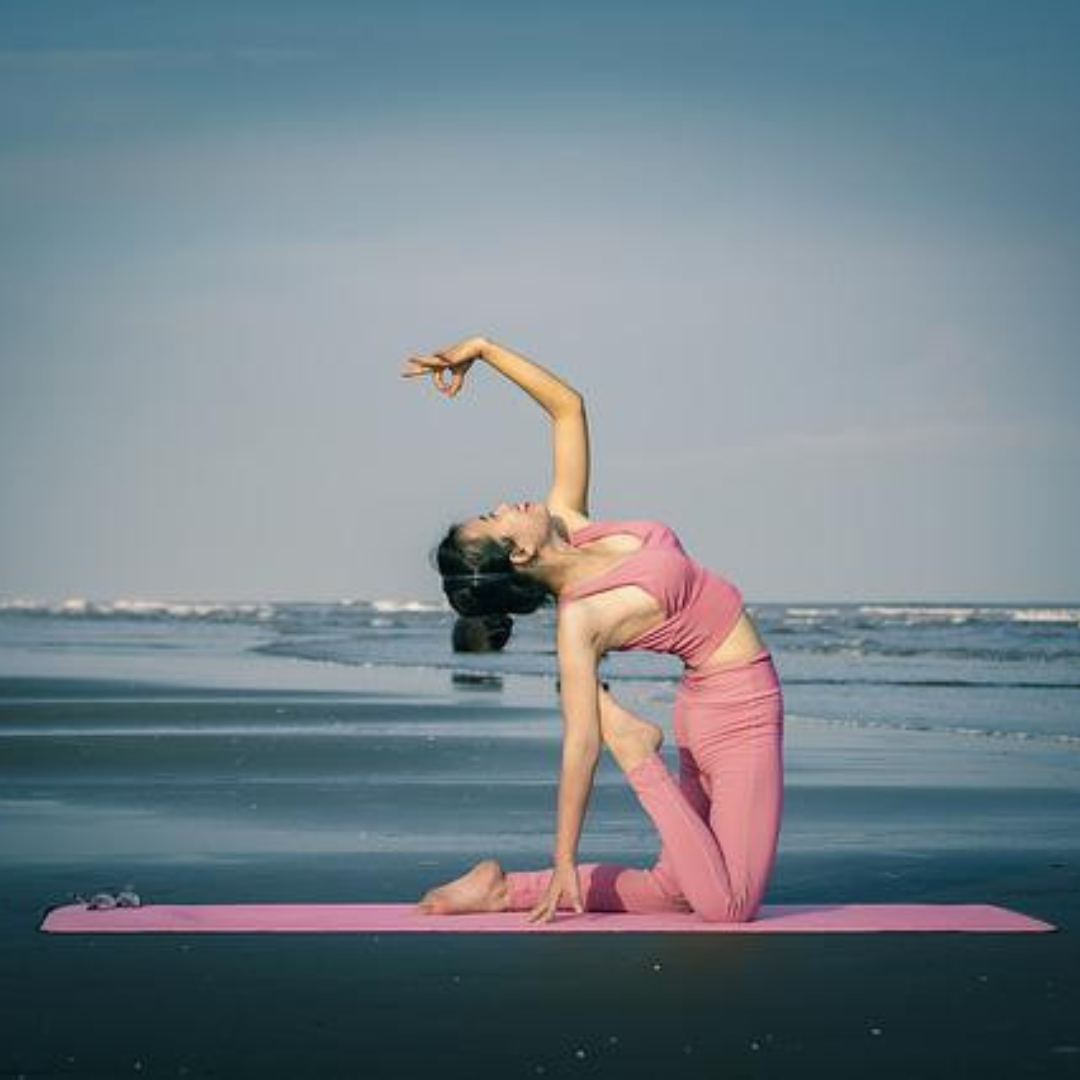
Conclusion
While the study is still in its early stages (especially in comparison to how long people have practiced yoga), the preliminary findings are encouraging and support what yoga practitioners have been saying for thousands of years: yoga is good for our overall health.
Yoga covers a broad range of practices, most of which do not involve physical activity but instead focus on meditation techniques. Even karmic or philanthropic deeds can be considered yoga!
Yoga is a practice that can be done daily because it is not limited to physical movement.
Choose the modality that suits you best, and remember that investing in a yoga practice is an investment in yourself!
I trust you enjoyed this article on An Overview Of Yoga With Health Benefits. Please stay tuned for more blog posts to come shortly. Take care!
JeannetteZ
>>>Please click here to read my all-inclusive article about A Comprehensive Guide To Healing Naturally<<<
>>>Are you interested in Natural Healing through Herbs? Please click here for my #1 Recommendation<<<
Your Opinion Is Important To Me
Thoughts? Ideas? Questions? I would love to hear from you. Please leave me your questions, experience, and remarks about this article An Overview Of Yoga With Health Benefits in the comments section below. You can also reach me by email at Jeannette@Close-To-Nature.org.
Disclosure
This post may contain affiliate links. I earn from qualifying purchases as an Amazon Associate and other affiliate programs. Read my full affiliate disclosure.
You might also enjoy these blog posts:
How Not To Give Up – Strategies For Not Quitting
28 Ways To Beat Depression Naturally
The Most Stressful Life Events
How To Grow Pansies And Violas In A Container

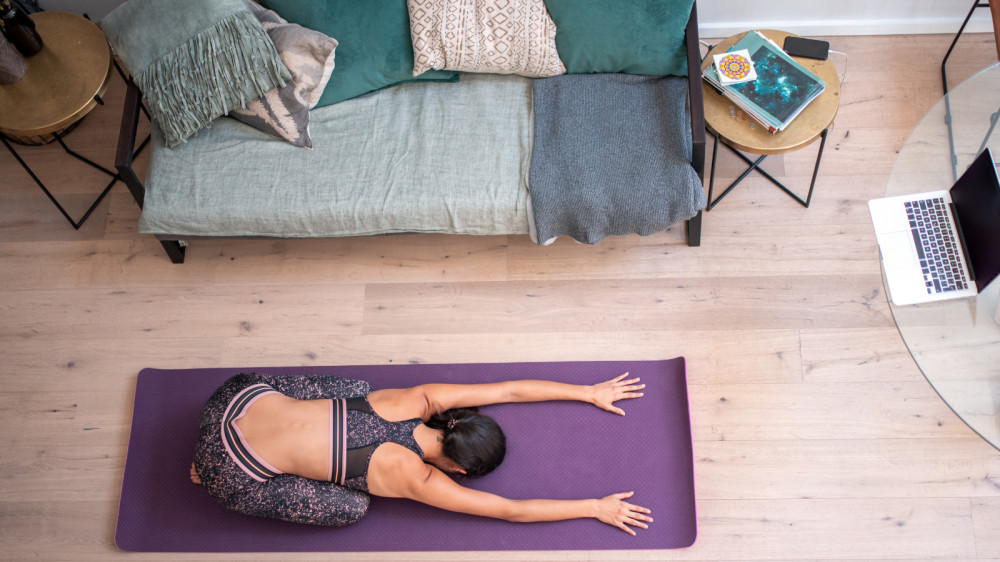
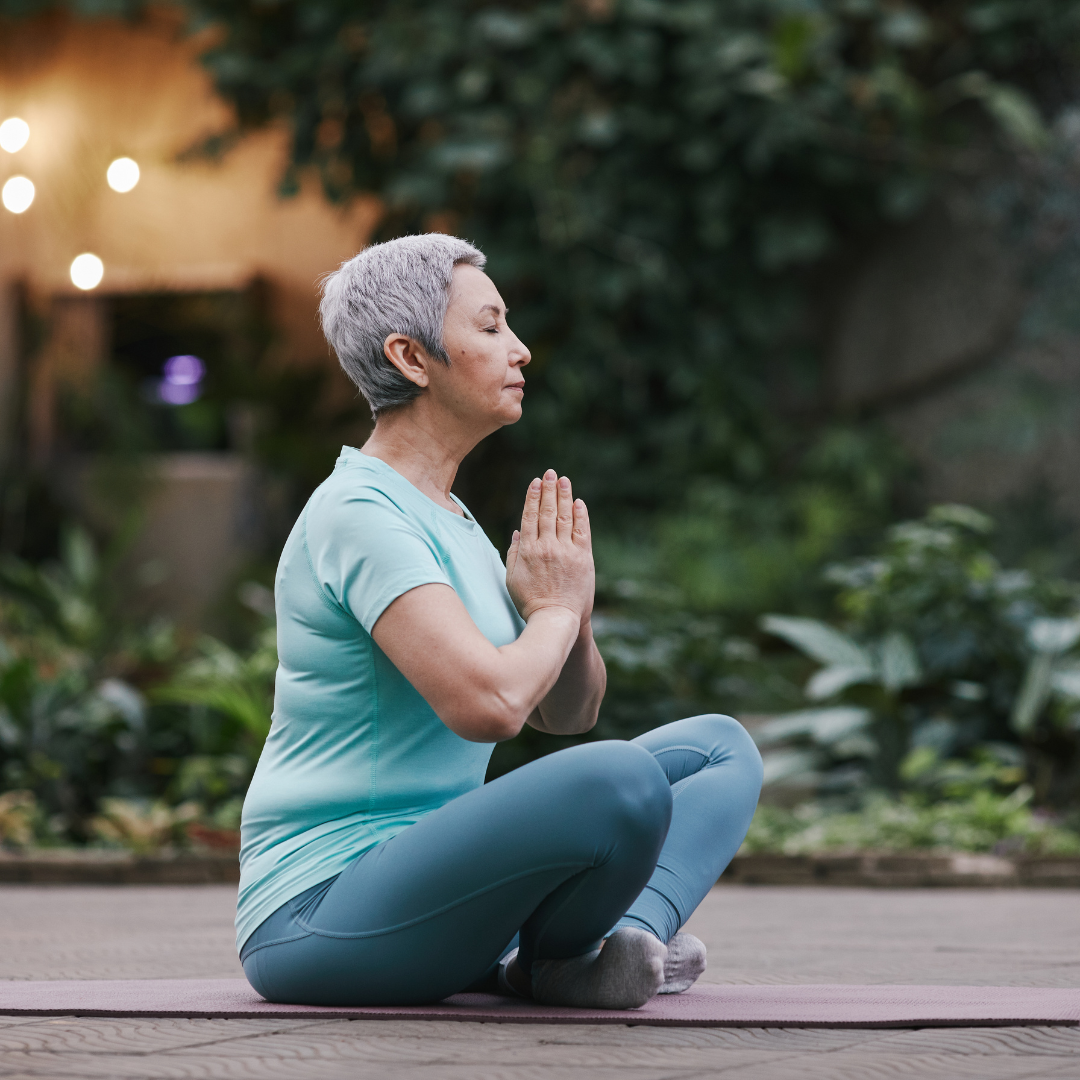
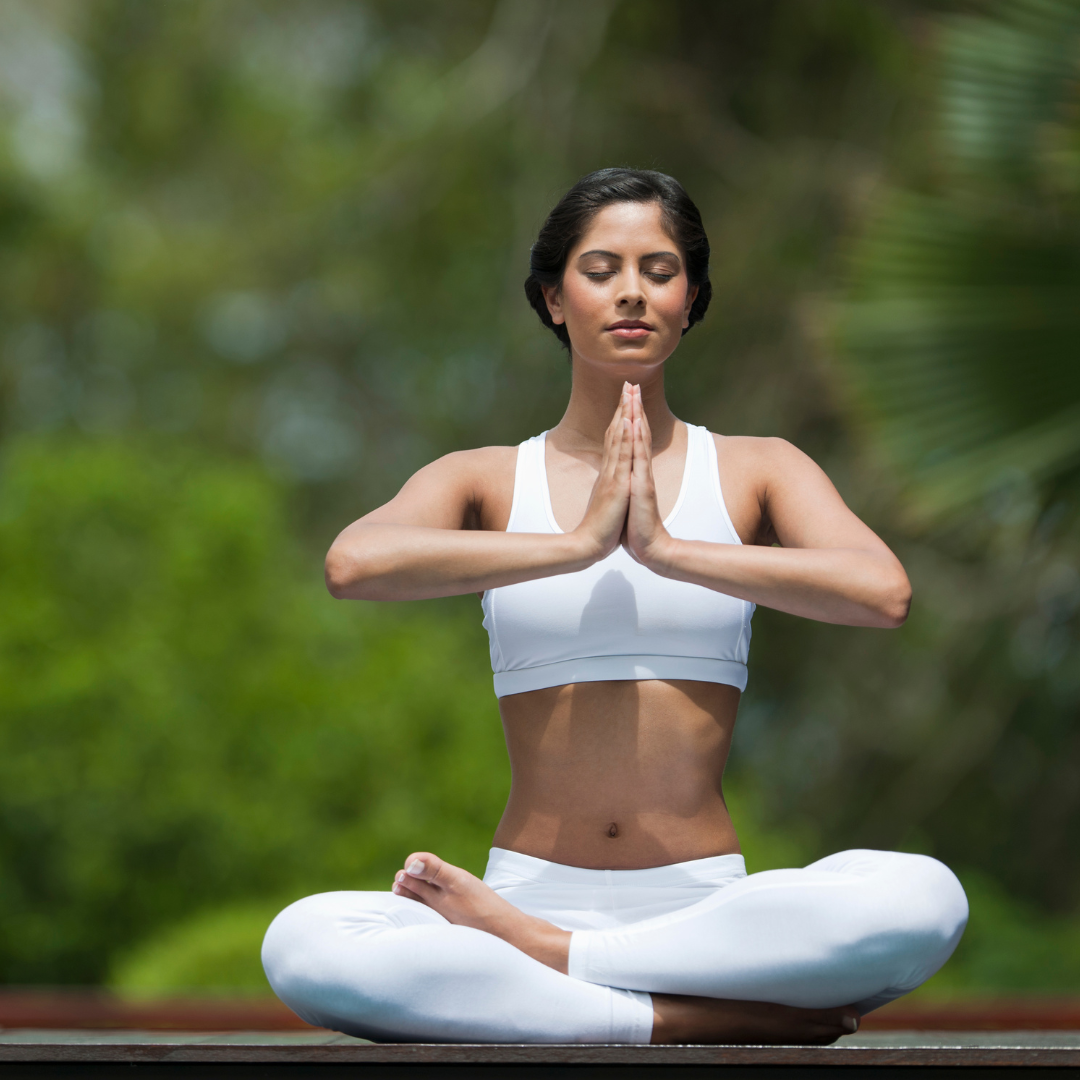





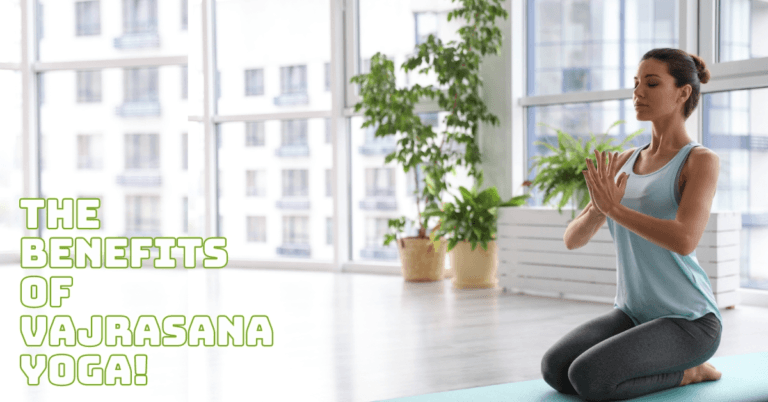

Thanks for sharing this blog with us, such an amazing blog.
Thank you very much for your comment. I love yoga and have been practicing it for over 40 years. It is thanks to the yoga practice that I am still flexible. I highly recommend it to everybody.